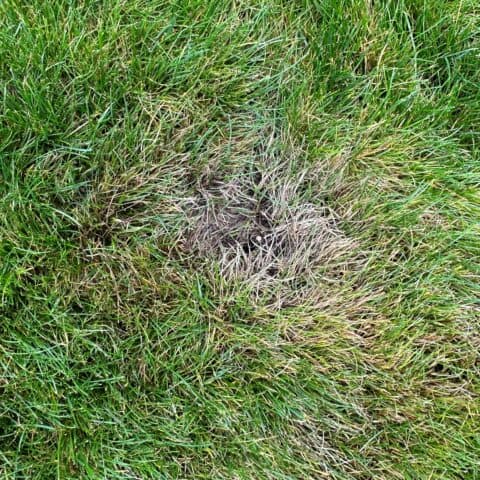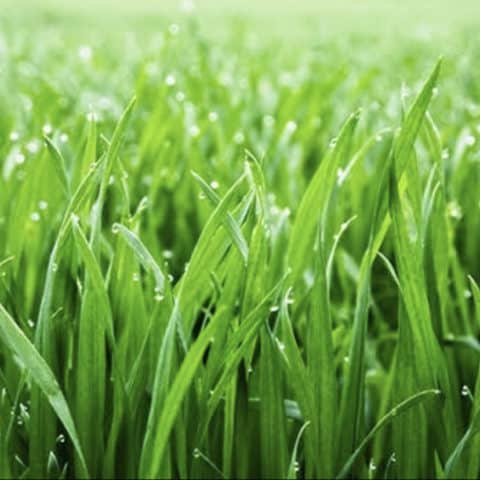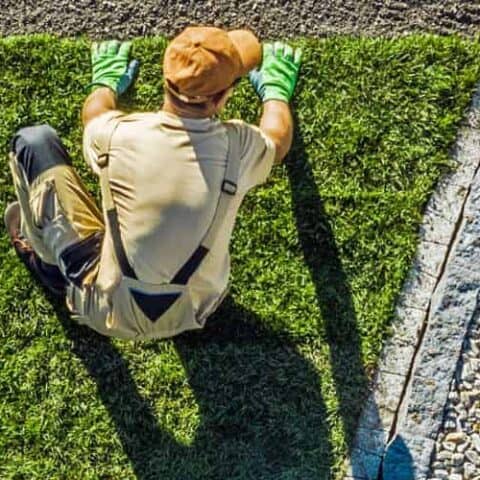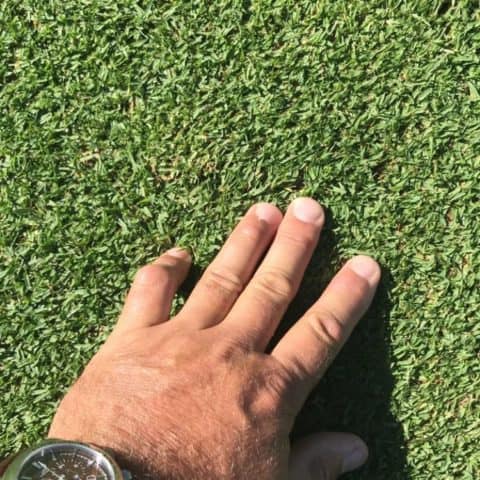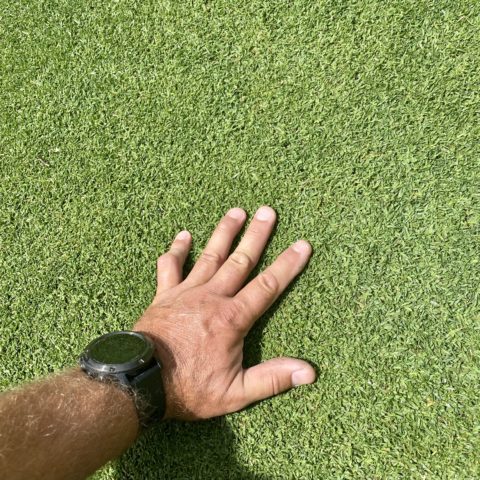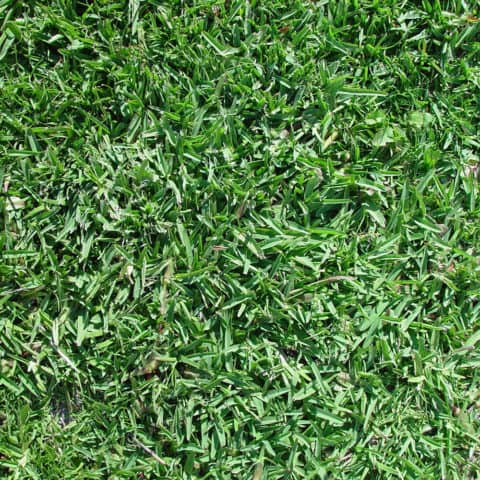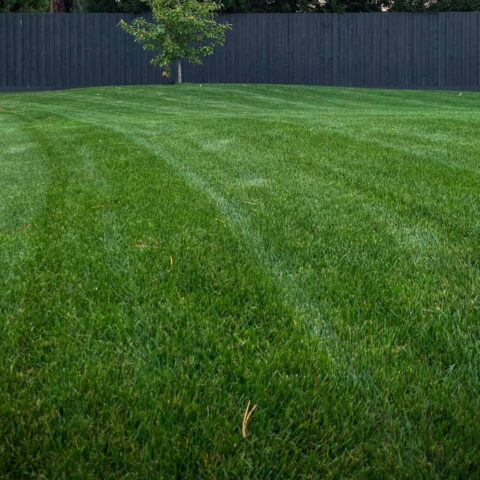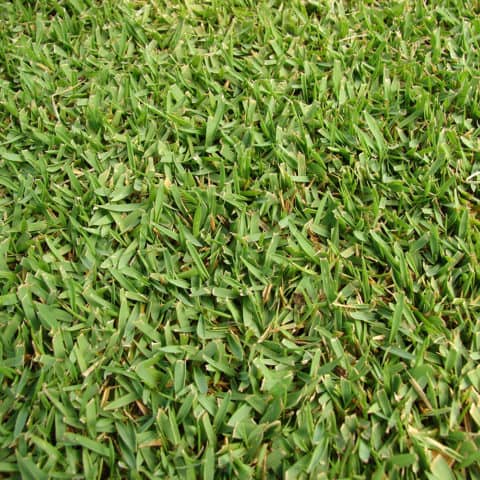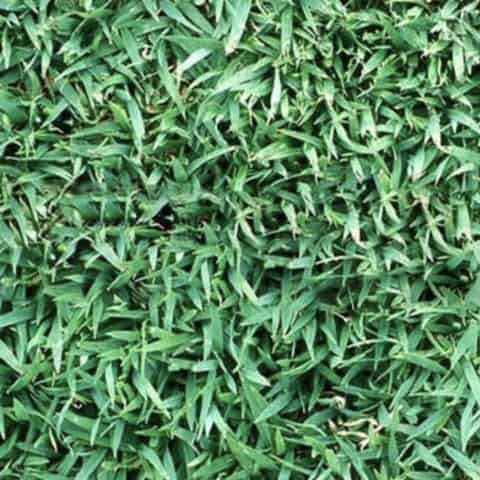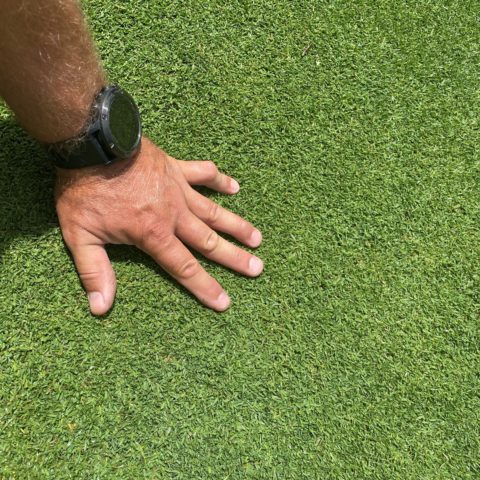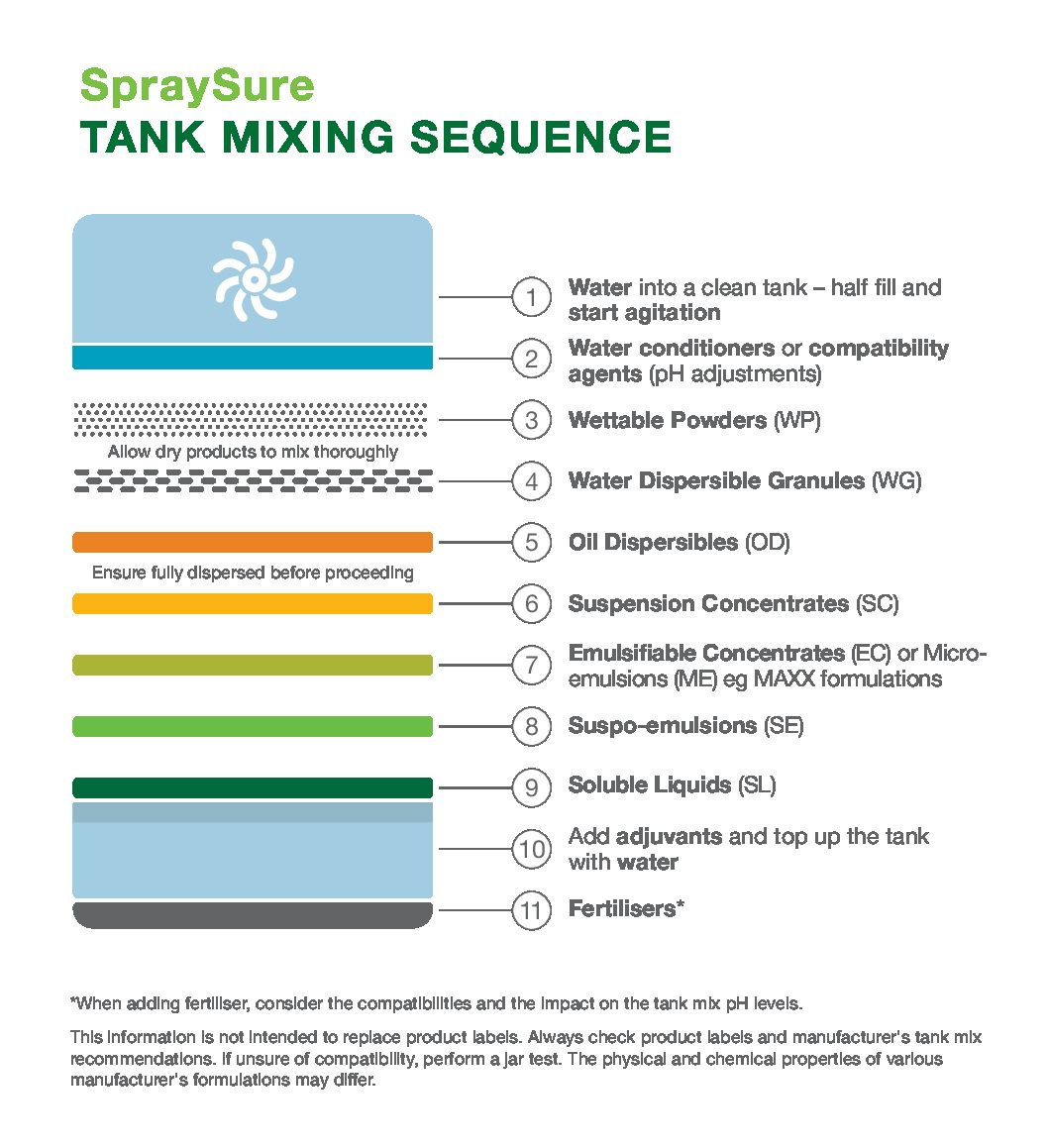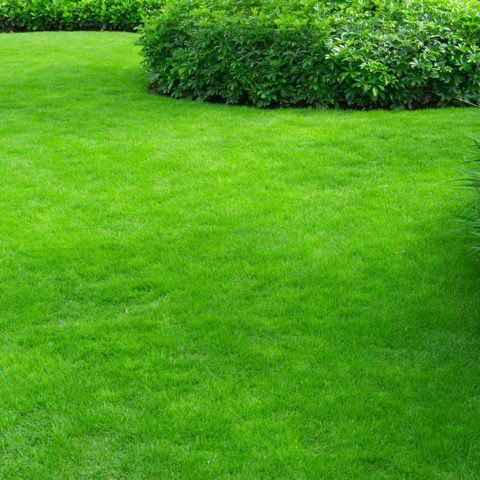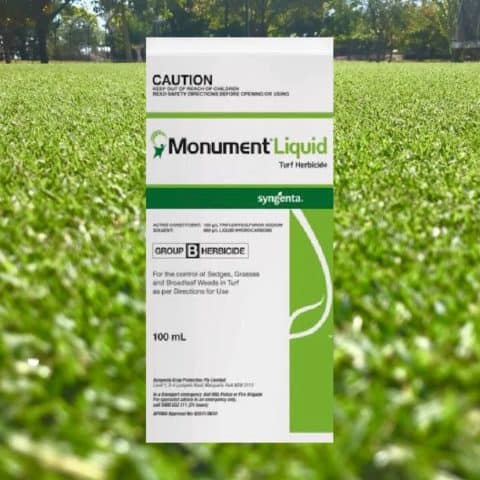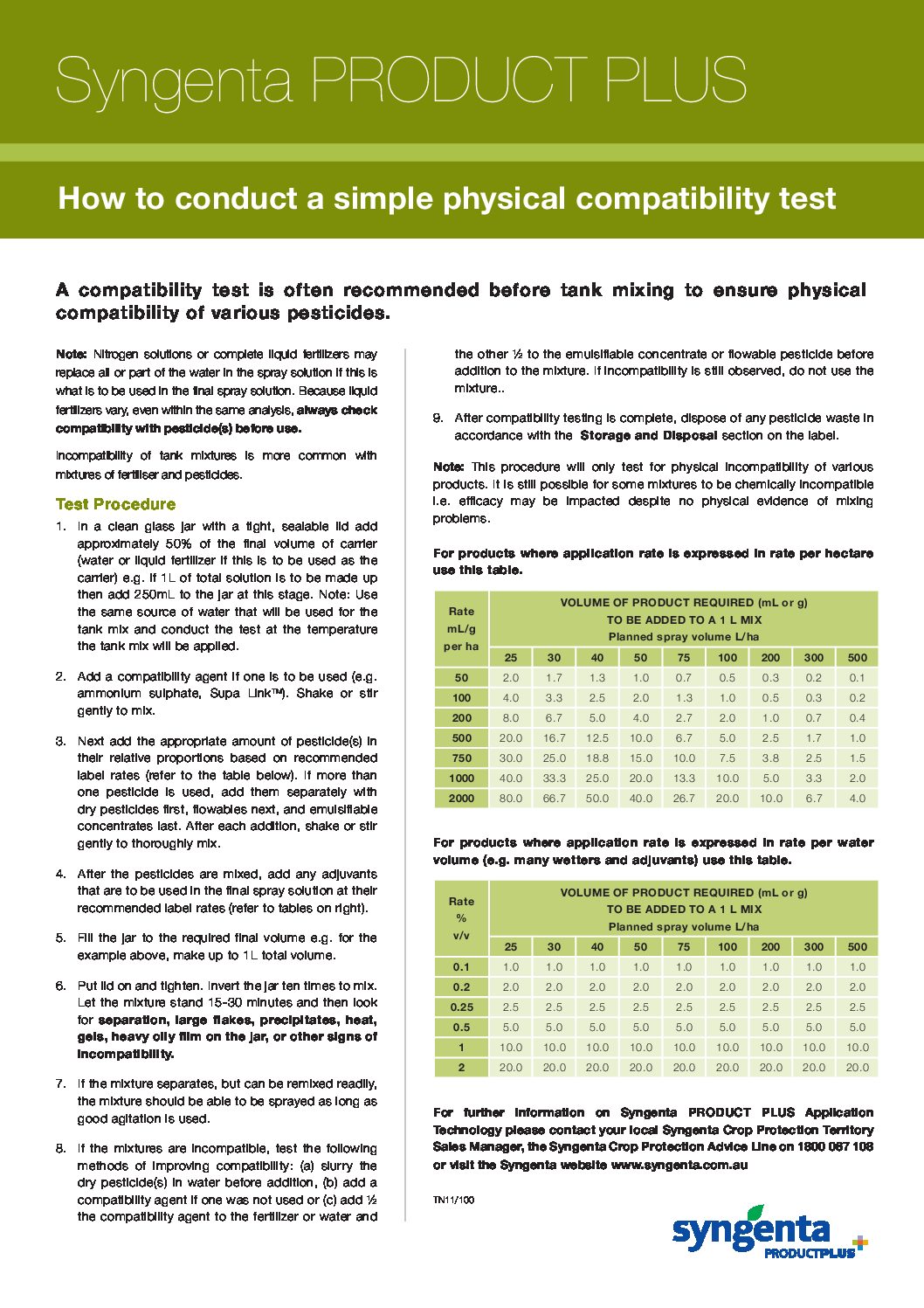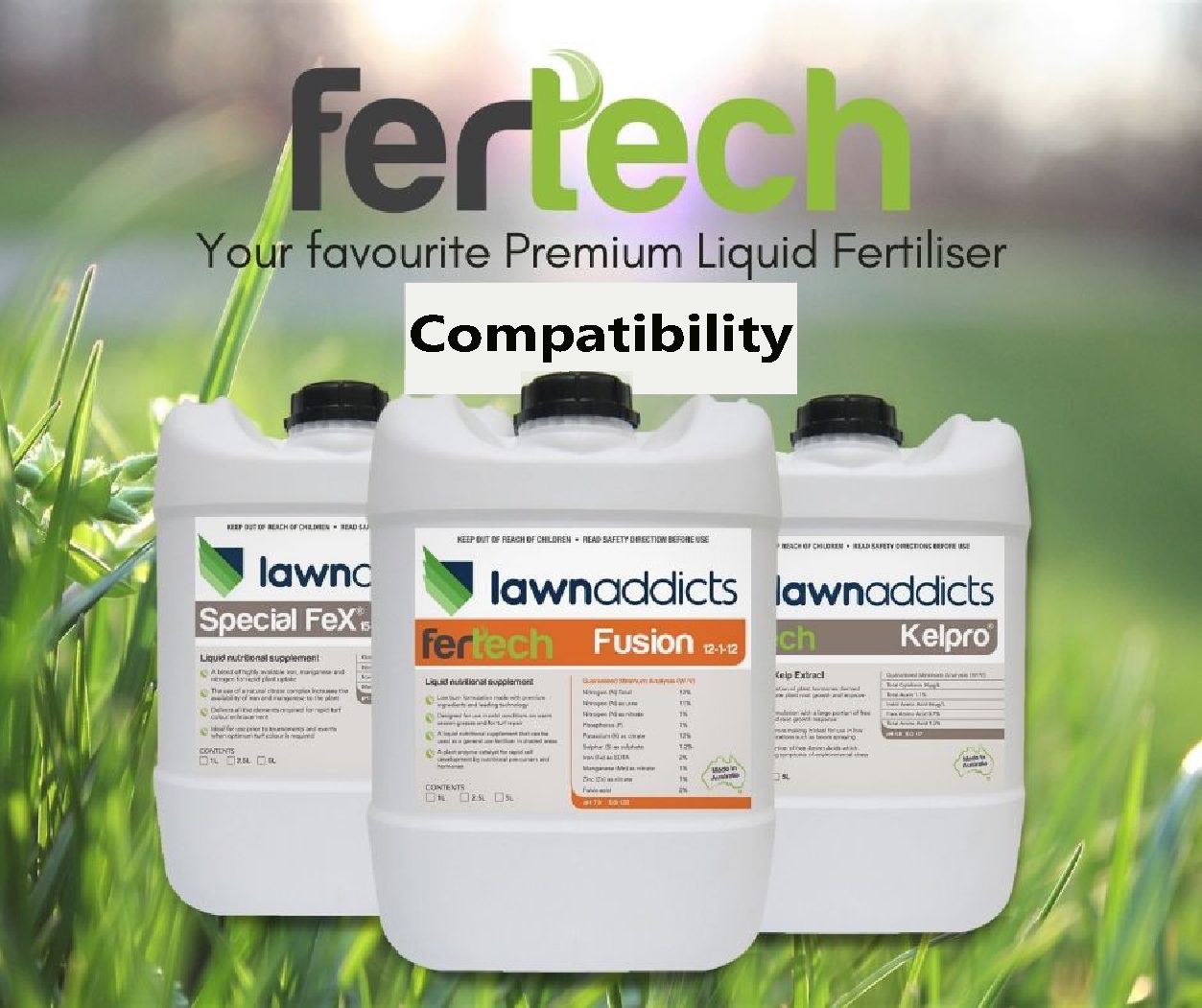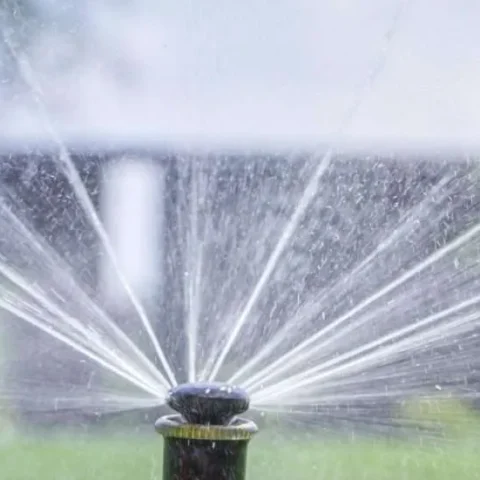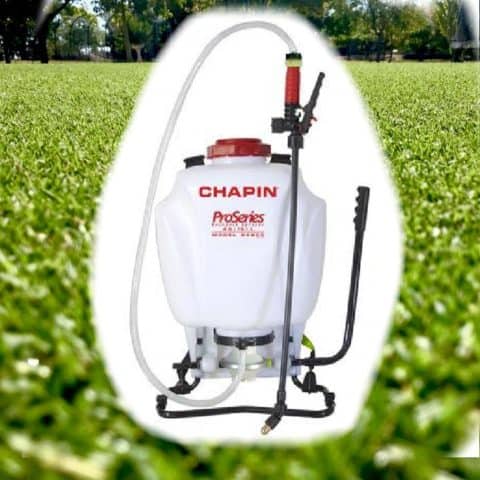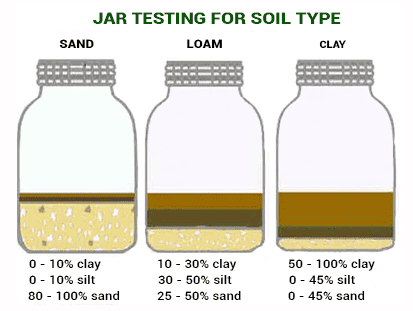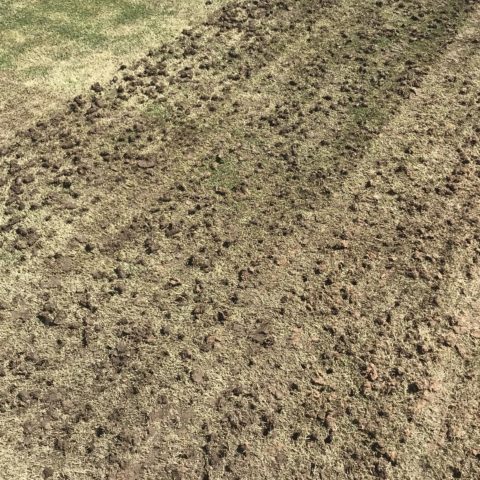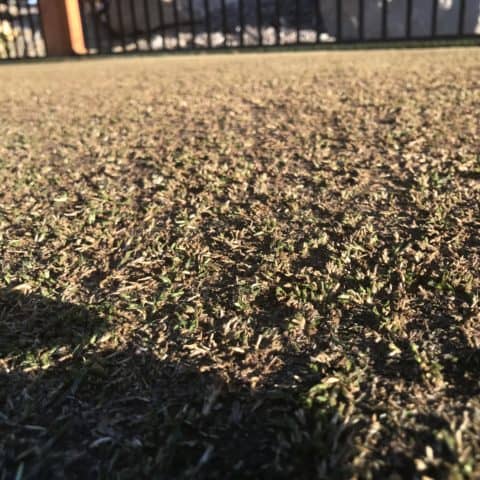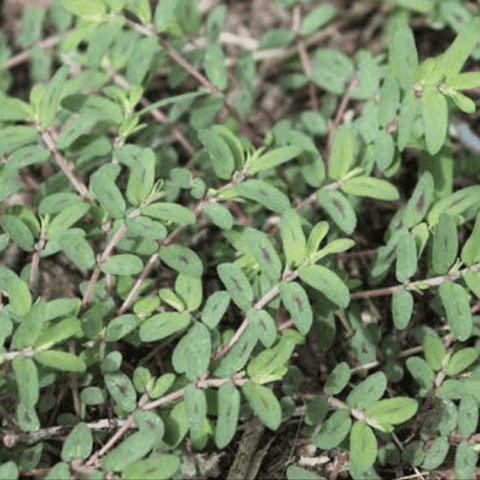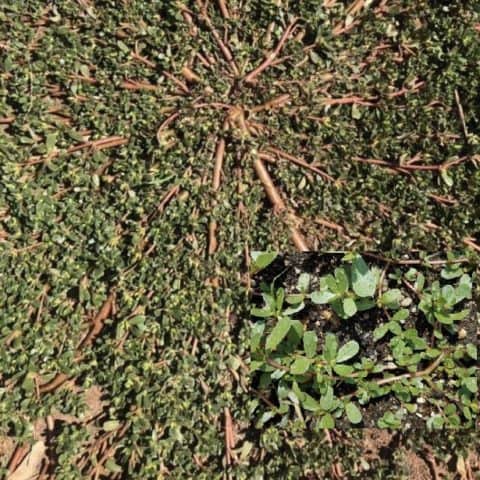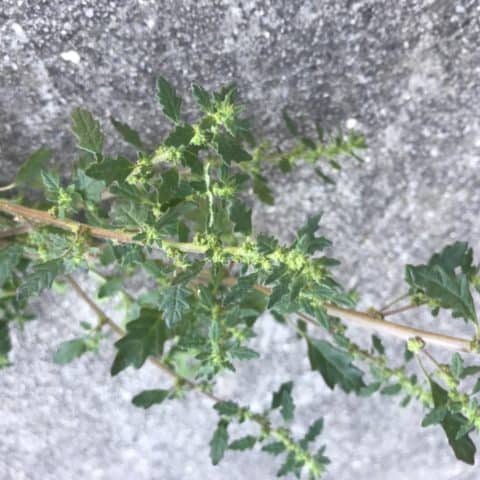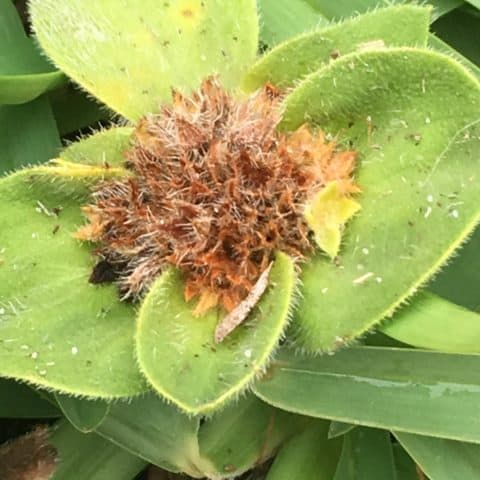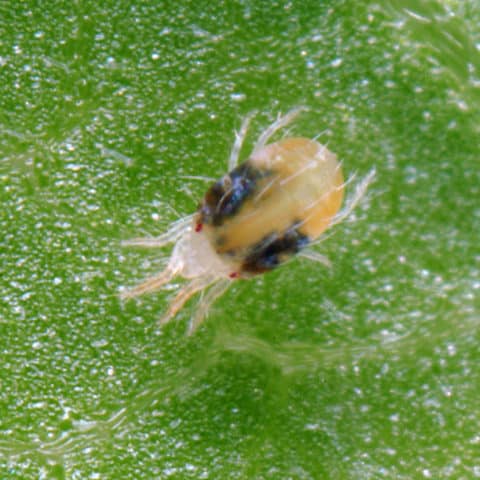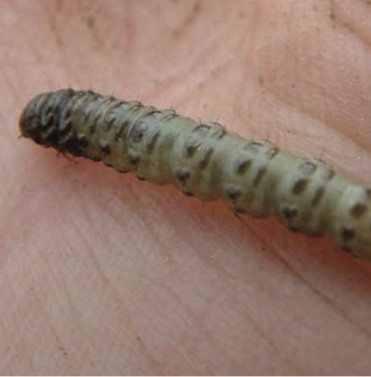Lawn Addicts News
Leptosphaerulina Leaf Blight
Leptosphaerulina leaf blight, a fungal disease, can affect a wide range of turfgrass species predominantly cool season varieties, causing aesthetic damage and reducing overall turf health. This guide provides information on identifying, understanding, and managing Leptosphaerulina leaf blight in your lawn. The Cause and Susceptible Turf The culprit behind this disease is a fungus belonging …
Read moreSeed Establishment
Growing a lush lawn from seed takes patience, but the rewards are worth it! Here’s the key: Preparation (before the seed hits the soil): Timing: Choose the right season based on your grass type (cool-season grasses like fescue thrive in autumn, warm-season grasses like Couch prefer spring and summer). Clear the area: Remove debris, weeds, and existing vegetation. …
Read moreSod Establishment
Laying sod for an instant lawn is not difficult; it just takes some time and care in preparation. Prep: Plan & Buy: Measure your area, choose the right sod type for your climate and needs, and buy enough (including some extra for mishaps). Clear & Smooth: Remove debris, cut and remove old soil if possible, introduce new clean …
Read moreKikuyu Plans for Cooler Climates
Kikuyu varieties(Pennisetum clandestinum). Kikuyu is a warm-season grass species that is popular for lawns and sports fields in certain regions, particularly in Australia and parts of South Africa. Here are some key characteristics and information about Kikuyu: Origin and Distribution: Kikuyu is native to East Africa, specifically the Kikuyu region of Kenya. It was introduced …
Read moreCouch/Bermuda Plans for Cooler Climate
Couch grass also marketed as Bermuda grass (Cynodon dactylon) is a warm-season grass that is widely used for lawns, sports fields, golf courses, and pastures due to its durability, low maintenance requirements, and ability to tolerate heat and drought. It’s native to Africa but has been widely naturalised in many parts of the world. Couch/Bermuda …
Read moreBuffalo Plans for Cooler Climates
Buffalo grass and varieties, (also known as St. Augustine’s outside of Australia) is a popular type of lawn that is widely used in various parts of the world. It is valued for its lush, dense growth, attractive appearance, and relatively low maintenance requirements compared to other grass varieties. Here are some key characteristics and information …
Read moreCool Season Plans for Cooler Climates
Cool season lawns refer to types of grasses that thrive in cooler climates and are commonly used for lawns in regions with cold winters and moderate temperatures. These grasses are known for their ability to grow vigorously during the spring and Autumn, while often slowing down or going dormant in the hotter summer months. Some …
Read moreCool Season Plans for Warmer Climate
Cool season lawns refer to types of grasses that thrive in cooler climates and are commonly used for lawns in regions with cold winters and moderate temperatures. These grasses are known for their ability to grow vigorously during the spring and Autumn, while often slowing down or going dormant in the hotter summer months. Some …
Read moreZoysia Plans
Zoysia is a warm-season grass species that is commonly used for lawns, golf courses, sports fields, and other recreational areas. It is known for its dense growth, attractive appearance, and relatively low maintenance requirements. Zoysia grass is native to East Asia but has become popular in many parts of the world due to its desirable …
Read moreBlue Couch Plans
Blue Couch varieties are commonly used for lawns and landscaping in the subtropical and tropical regions of Australia, particularly in the state of Queensland and northern New South Wales. It’s known for its vibrant blue-green colour, fine texture, and overall ability to create a visually appealing lawn. Here are some key features and characteristics of …
Read moreBuffalo Plans for Warmer Climates
Buffalo grass and varieties, (also known as St. Augustine’s outside of Australia) is a popular type of lawn that is widely used in various parts of the world. It is valued for its lush, dense growth, attractive appearance, and relatively low maintenance requirements compared to other grass varieties. Here are some key characteristics and information …
Read moreCouch/Bermuda Plans for Warmer Climate
Couch grass also marketed as Bermuda grass (Cynodon dactylon) is a warm-season grass that is widely used for lawns, sports fields, golf courses, and pastures due to its durability, low maintenance requirements, and ability to tolerate heat and drought. It’s native to Africa but has been widely naturalised in many parts of the world. Couch/Bermuda …
Read moreKikuyu Plans for Warmer Climates
Kikuyu varieties(Pennisetum clandestinum). Kikuyu is a warm-season grass species that is popular for lawns and sports fields in certain regions, particularly in Australia and parts of South Africa. Here are some key characteristics and information about Kikuyu: Origin and Distribution: Kikuyu is native to East Africa, specifically the Kikuyu region of Kenya. It was introduced …
Read moreTank Mixing Sequence
Tank mixing products in the correct sequence is very important when it comes to the compatibility of products used. This refers to the physical compatibility where solids can be formed but also suspended concentrates be settled and accidentally separated. In some situations the products may even look like they have tank mixed fine but chemically …
Read moreOversowing Guide
Read Here Turf Oversowing Brochure Oversowing seed into existing turf requires some precise management to achieve the desired results. The newly sown seed requires a lot of assistance to ensure good germination and establishment. Selecting the correct seed and products to assist with establishment are vital decisions in achieving a worthwhile return for the investment. …
Read moreMonument Liquid Application
Various factors influence the effectiveness of Monument liquid, read Syngentas guide to application for achieving top results.
Read moreProduct Compatibility Test
A compatibility test is often recommended before tank mixing to ensure physical compatibility of various pesticides. Syngenta Product Plus – How to test procedure for capability of chemicals
Read moreImportance of Potassium
Potassium in Turf Potassium is required by the turfgrass plant in relatively large amounts compared to other nutrients. Potassium use is second only to nitrogen and of course the elements sourced from water and the atmosphere; carbon, hydrogen and oxygen. Potassium plays an important role in many key turfgrass processes and developmental phases, many of …
Read moreWatering Your Lawn.
Probably the most important cultural practices to get right with any lawn is watering. In a perfect world there would be enough rain fall to maintain a lush lawn all year round, but there isn’t and we often need to subsidise the rain fall by various amounts. The amount of water we subsidise depends on …
Read moreSprayer Calibration
Applying foliar applications, whether it’s a herbicide, insecticide, fungicide, or even a liquid fertiliser,, is something we all at some point need to do for a nice lawn. An even application isn’t easy if you don’t know what you’re doing, however, it’s very easy with a little bit of knowledge and practice. The key …
Read moreSoil Jar Test
Soil is comprised of soil particles, organic matter, water, air and living organisms, all of which are important to the overall health of the soil and your lawn that grows in it. There are three primary soil particles, Sand, Silt and Clay and different ratios of these make up the soils texture. Texture relates to …
Read moreShallow Rennovation (Buffalo & Cool Season)
This process is intended to improve your lawns finish, remove some of the brown layer making it less spongy, lowering the crown of the plants stem back closer to the soil, allowing a season of fresh lush growth. It’s something that must be carried out during its growing season. The dormancy period is quite stressful …
Read moreDeep Renovation (Couch,Kikuyu & Zoysia)
This process is intended to improve your lawns finish, remove as much of the brown layer as possible making it less spongy, lowering the crown of the plants stem back close to the soil, allowing a season of fresh lush growth. It’s something that must be carried out during its growing season in the …
Read moreSpurge
Commonly referred to Prostrate Spurge, Creeping Spurge and Spotted Spurge. It’s an aggressive prostrate or low growing weed, resembling a mat up to a meter in diameter when established. Has opposing leaves along the stems and runners, and often seen with a darker spot in the middle of each leaf. The runners and stems are …
Read morePurslane/Portulaca
Purslanes and Portulaca are a low growing 0 to 200mm high, a prostrate to decumbent often flowing succulent annual weed. Stems and runners are normally soft and pink to brown in colour. They are very common in a variety of soil types especially after having been recently disturbed. There are many varieties of this weed …
Read moreCrested Goosefoot
Crested Goosefoot also know as Crested Crumbweed, is a lower growing prostrate or spreading weed, it can grow 30cm tall. Leaves leave are alternating along the reddish stems and when crush are quite aromatic. Stems are not woody and spreads quickly from the crown and one main thick tap root, from this numerous course roots …
Read moreRichardia Brasiliensis (White Eye)
Richardia is an annual spreading prostrate weed, often growing to 50-60 cm across and 10 cm tall. This species of Richardia is quite common in Australia it has a thick white central tap root usually contorted from the crown of the plant. The crown is made up of green prostate stems, many branched with very …
Read moreTwo Spotted Mite
Two Spotted Mite (Tetranychus urticae) larve hatches from the egg has six legs, is pale yellowish-white, oval and minute. The larva moults to become an eight-legged nymph, which becomes the mature mite after two further moults. The adult female is about 0.5 mm long and the adult male is about 0.3 mm long. In the …
Read moreSod Webworm
Sod Webworm (Herpetogramma licarsisalis) is a relatively thin caterpillar up to 25 mm long, with a pale green-brown body that is marked with characteristic dark spots along its length. When mature the adults become a slender-bodied moth with a wingspan of 2.5 cm. Their wings are grey with black spots and transverse dark, wavy lines. …
Read more
